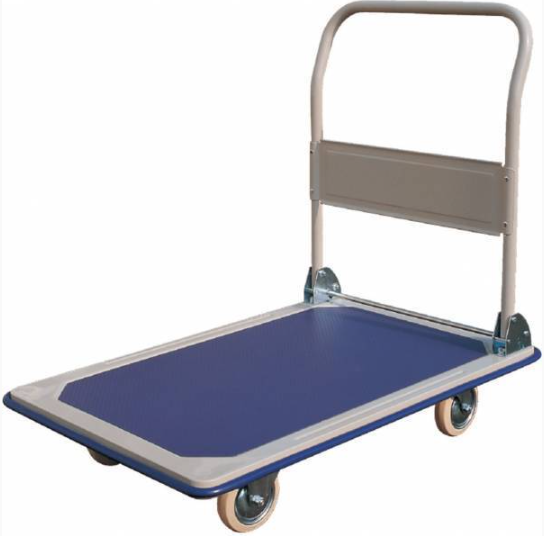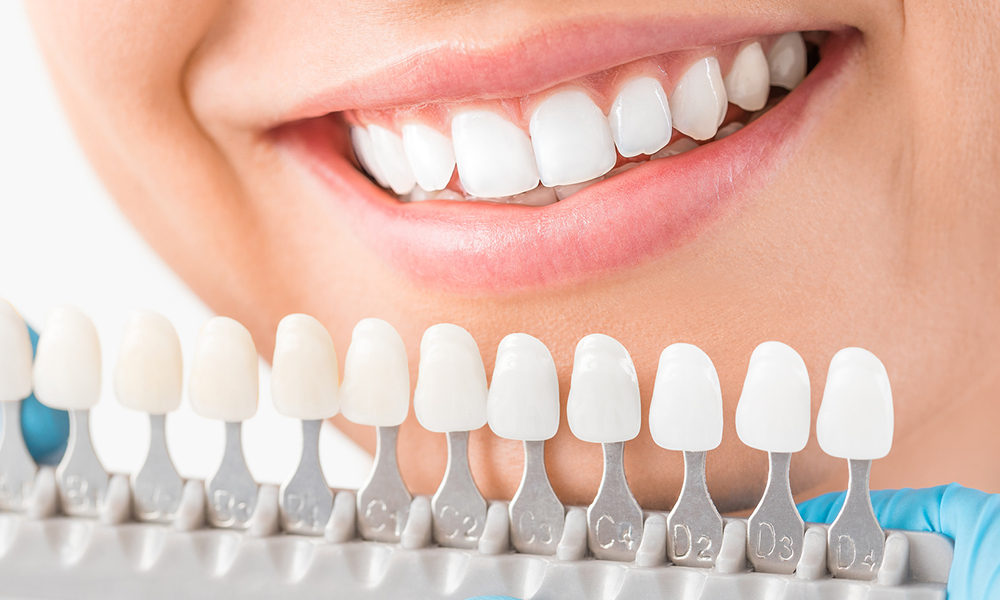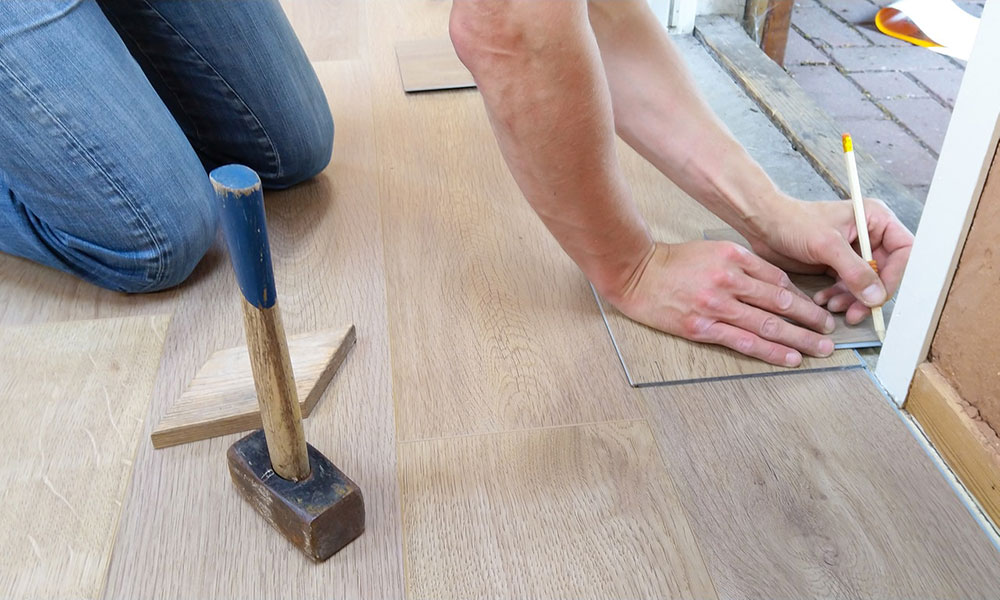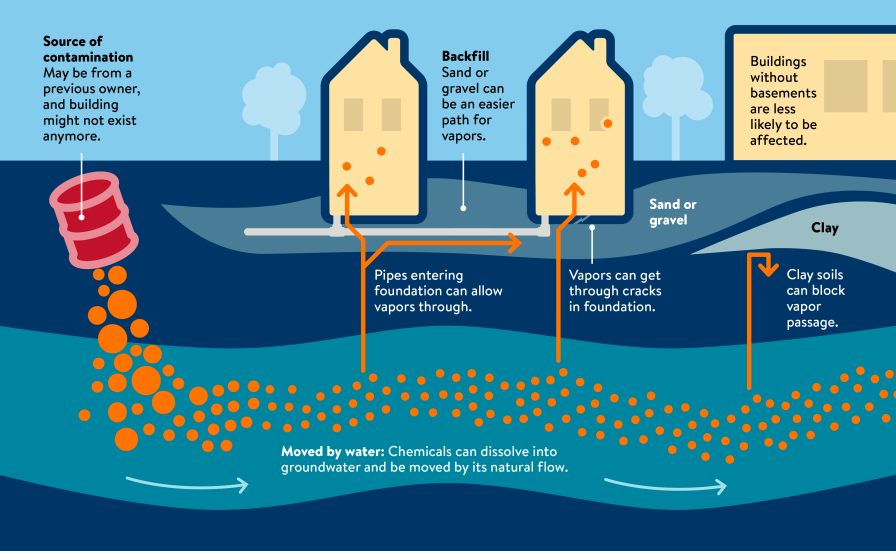As concerns about environmental health and indoor air quality continue to grow, individuals and businesses alike are exploring innovative solutions to address potential risks. One such solution gaining attention is the vapor intrusion mitigation system, which offers a proactive approach to safeguarding air quality in buildings and mitigating the risks associated with vapor intrusion.
Understanding Vapor Intrusion:
Vapor intrusion occurs when volatile contaminants from the soil or groundwater migrate into buildings through openings or pathways in the foundation. These contaminants, which can include volatile organic compounds (VOCs) or other hazardous gases, pose a potential threat to indoor air quality. Addressing vapor intrusion is crucial to ensuring the safety and well-being of occupants in both residential and commercial spaces.
The Role of Vapor Intrusion Mitigation Systems:
Vapor mitigation systems are designed to counteract the potential risks associated with vapor intrusion. These systems employ various technologies and strategies to prevent the entry of harmful vapors into buildings, creating a barrier that safeguards indoor air quality. They are particularly relevant for buildings located in areas with a history of contamination or in proximity to industrial sites.
Sub-Slab Depressurization (SSD) Systems:
One commonly utilized approach within vapor mitigation systems is the implementation of sub-slab depressurization (SSD) systems. These systems typically involve the installation of pipes and fans beneath the building’s foundation. The fans create negative pressure, effectively drawing any potentially harmful vapors away from the building and safely venting them into the atmosphere. By creating a pressure barrier, SSD systems prevent the intrusion of contaminants into indoor spaces.
Soil Vapor Extraction (SVE) Systems:
Soil Vapor Extraction (SVE) systems are another component of Vapor Intrusion Mitigation. These systems involve the extraction of contaminated vapors directly from the soil surrounding the building. The extracted vapors are then treated before being released, ensuring that the surrounding environment is not further compromised. SVE systems are particularly effective in addressing subsurface contamination and preventing vapor intrusion.
Benefits of Vapor Intrusion Mitigation:
Investing in a vapor intrusion mitigation system offers several benefits. Beyond protecting indoor air quality and the health of occupants, these systems can enhance property values by addressing potential environmental concerns. They demonstrate a commitment to environmental stewardship and regulatory compliance, making properties more attractive to potential buyers, tenants, or investors.
Conclusion:
For those wondering about air quality and concerned about the potential risks associated with vapor intrusion, a vapor mitigation system can provide a comprehensive and proactive solution. As environmental awareness continues to grow, the adoption of vapor mitigation systems represents a crucial step towards creating healthier, safer living and working environments.













